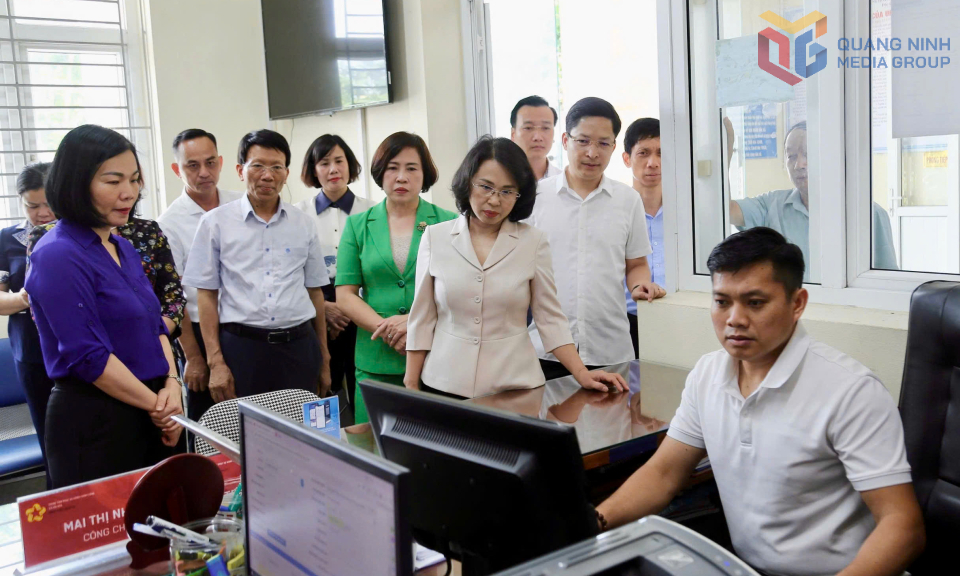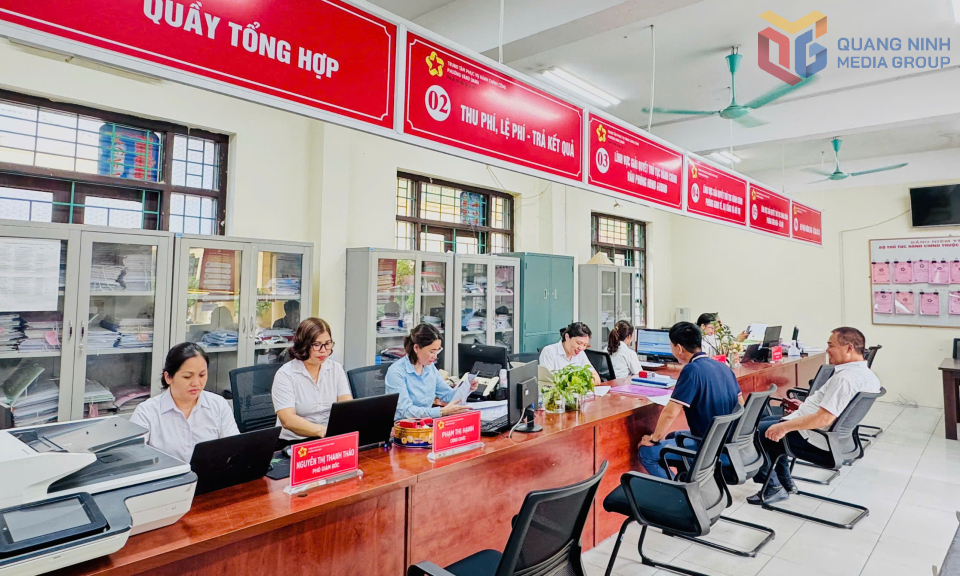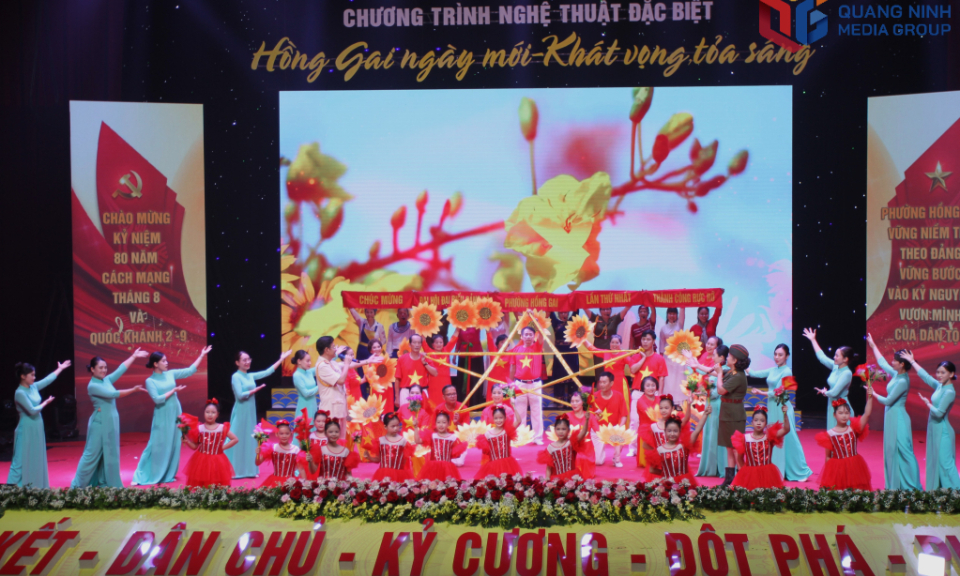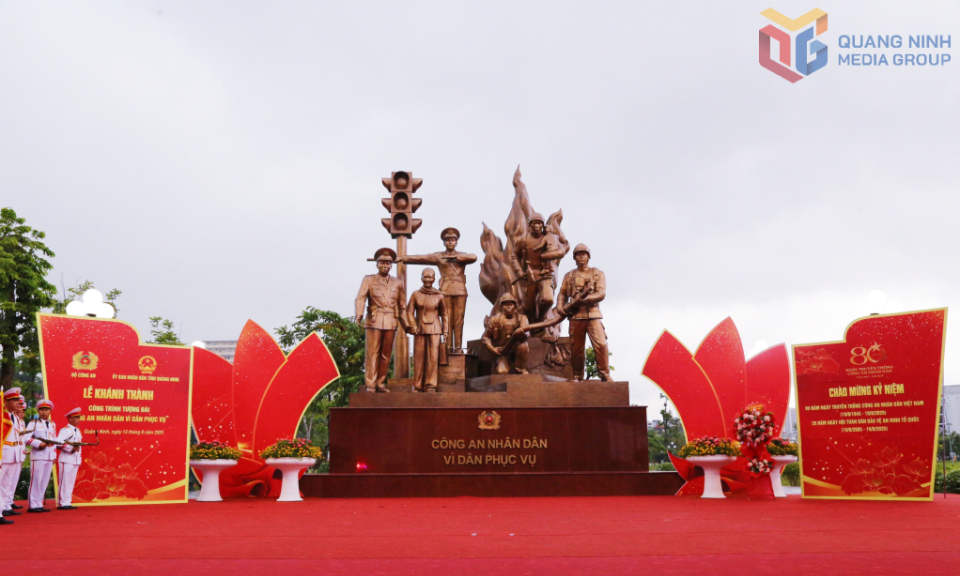Quang Ninh ready to operate under two-tier local government model
District-level administrative units across the country will be officially dissolved from July 1, 2025 across the country. In line with this transition, Quang Ninh province will shift to a two-tier local government model which comprises only the provincial and communal levels, demonstrating strong commitment to effective implementation of the new system in tandem with administrative reform and streamlined governance.
Under this new model, commune-level authorities will be assigned over 1,000 tasks previously handled by the provincial and former district levels. On June 15, Quang Ninh conducted a comprehensive trial run of the new government structure to assess its operational readiness, standardize procedures, and ensure seamless coordination between tiers of administration.
This pilot included key administrative activities such as receiving and processing administrative procedures, issuing financial, planning, investment, and public service-related documents and decisions, as well as maintaining public order.
Provincial departments and agencies were tasked with coordinating closely with 54 newly designated commune-level units (including 52 communes and wards and 2 special administrative zones). Their cooperation aimed to establish functional workflows, delegate authority, allocate budgets, and integrate data and management systems. All legal and administrative documents were issued under the names of the provincial and commune-level governments, as would be the case in official operations.
According to Director of the Department of Home Affairs, Bui Thi Binh, the removal of district-level administration presents a major challenge in redesigning the management system to avoid overlapping responsibilities or duplicated authority. Quang Ninh has identified provincial departments as the “central coordinators” in each area of expertise, directly guiding, supervising, and taking full responsibility for operations across the province. Meanwhile, commune-level units are being empowered and strengthened through the deployment and supplementation of skilled personnel from both provincial and former district levels.

Initial results from the trial run showed that most procedures, particularly those related to documentation, decision-making, and inter-agency coordination, were carried out quickly and efficiently, with no disruption. One of the most notable outcomes was the smooth and timely delivery of public services to citizens and organizations, with no redundancy or conflict between newly established departments.
Following the pilot, the province has conducted a thorough review to identify any limitations and propose timely solutions. Emphasis has been placed on maximizing the effectiveness of current human resources, well-trained, professional public servants, and the province’s synchronized, modern administrative infrastructure. The overarching goal is to ensure that all roles within the new system operate with high efficiency and truly serve the needs of citizens and businesses.
In this learning-by-doing process, the province continues to offer specialized training for commune-level leaders and civil servants, particularly in areas such as finance, budgeting, investment, planning, and legal documentation. Authorities are also actively gathering feedback from citizens, civil servants, and businesses to refine and adapt the model to local realities.
A comprehensive set of performance indicators has been developed to assess all aspects of the new system, especially administrative services, investment management, and digital governance at both levels. In addition, a coordination mechanism is being designed to ensure seamless two-way collaboration between provincial departments and commune-level units, as well as among communes within the same area.
These efforts aim to ensure smooth data flow, procedural clarity, and flexibility in responding to new policy challenges under the modernized governance model.






